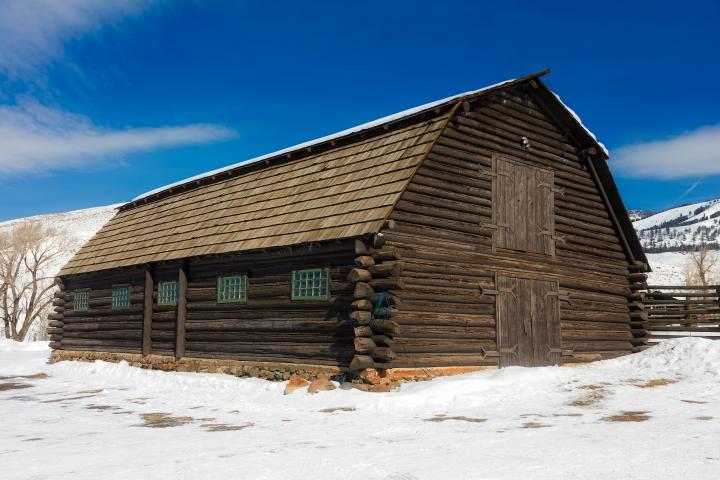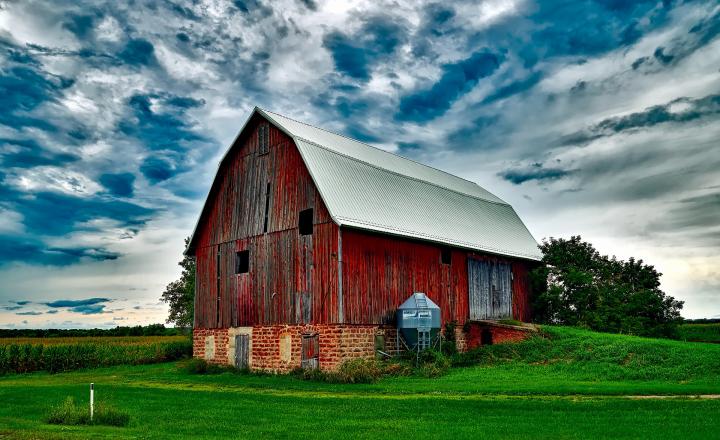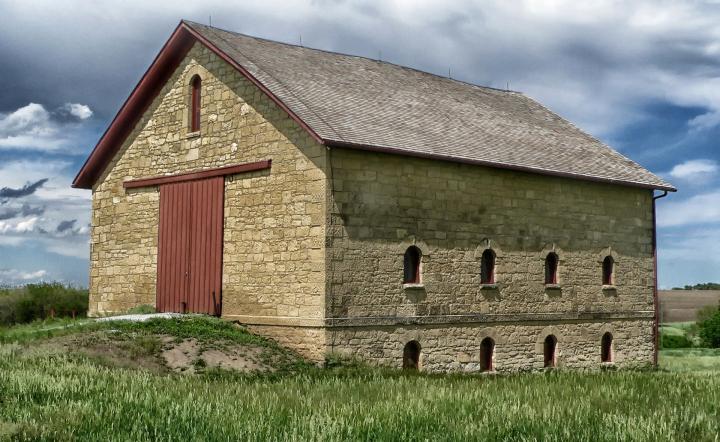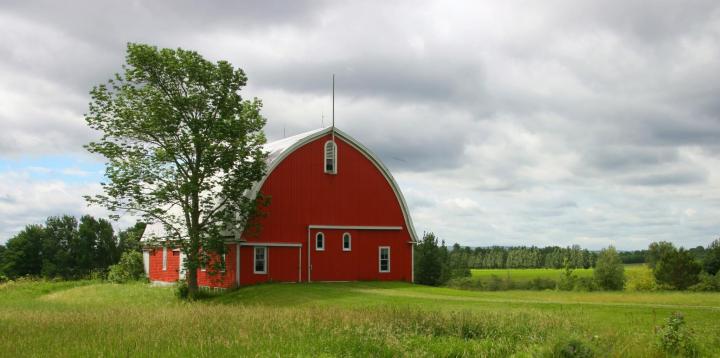
Subhead
Discover Why Barns Are Red and How Their Designs Evolved Over Time
More Like This
The source of iron oxide, rust, for many farmers was plain old nails. The farmer would dump nails into the milk and let them sit in there for a while so that they'd rust. The rust would impart the "barn red" color to the milk.
And what about that rooster weathervane, the "weathercock," that is often atop those barns? Did you know that the rooster was chosen not by farmers but by the Pope! The rooster was the symbol of Peter's betrayal of Jesus and also Jesus' GRACE towards Peter afterward. The Pope decreed that a rooster would be affixed to the high points at the Vatican. This practice was carried over to the population at large. It was later added to the weathervane when it came into use, as it too was usually mounted to the highest point of a structure. Since the barn was usually the highest point on the farm, that's where the weathercock ended up!
Eric Sloan has three great books about the early years of barn building, being one and two others. If I had them with me I could post the titles. They can be looked up. Mentioned also were the tools used.
Haiku: Great wide-eyed Owl...Basks in silver-dust Moonlight...Atop an old Red Barn~
"Cathedrals in the field " Barns are a precious part of our history - something must be done to preserve some of these buildings just as we save many olde homes and institutions.Thankyou for the series of pictures - l live close to a monstrous brick barn slowly dying - what a pity. l often wonder if the stone and brick barns were a success as l visualize them holding moisture (in Britain - soggy barns - black foot for the animals)
I found the article very interesting and enlightening,thanks
Great Owls like to roost or perch on Red Barns; esp. with the silver-dust moonlight; Save the Red Barns !!!!













Comments